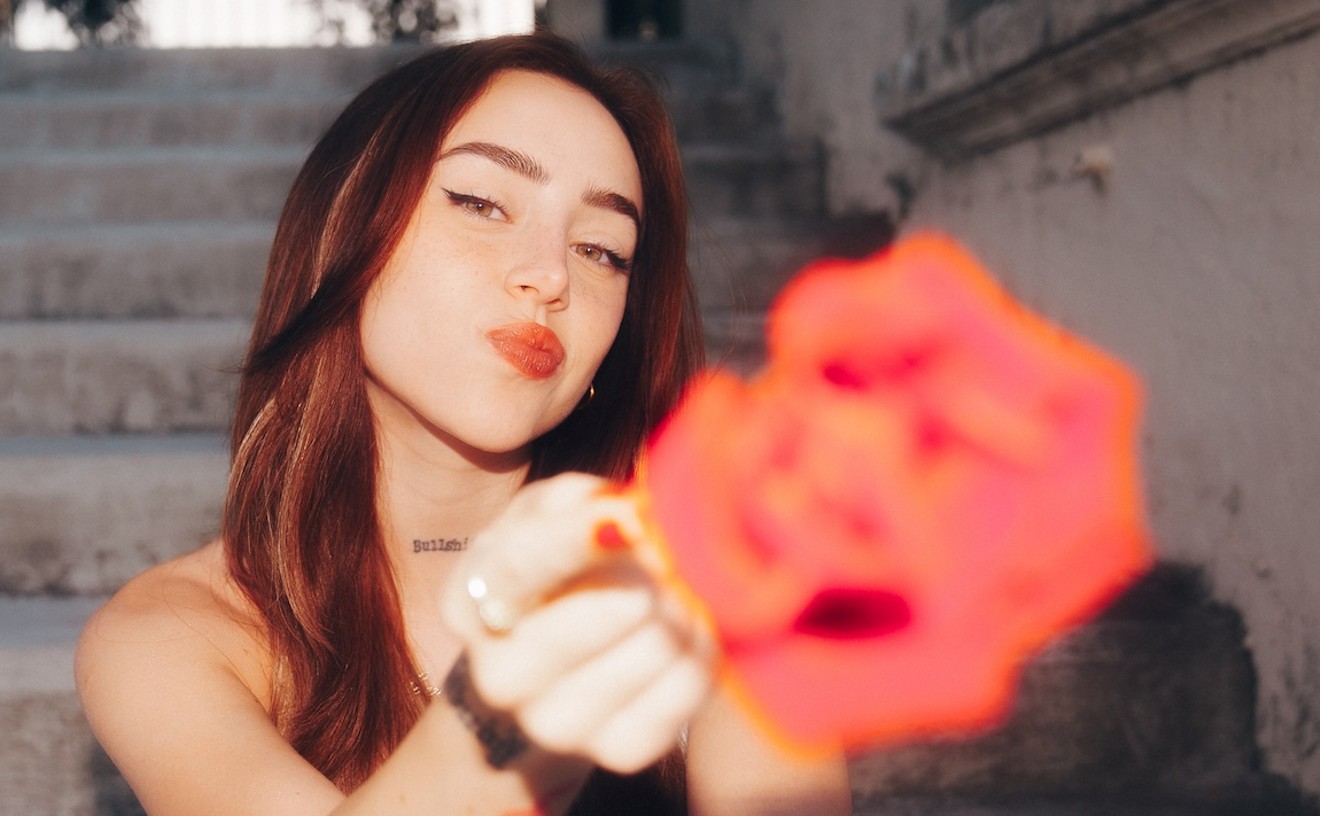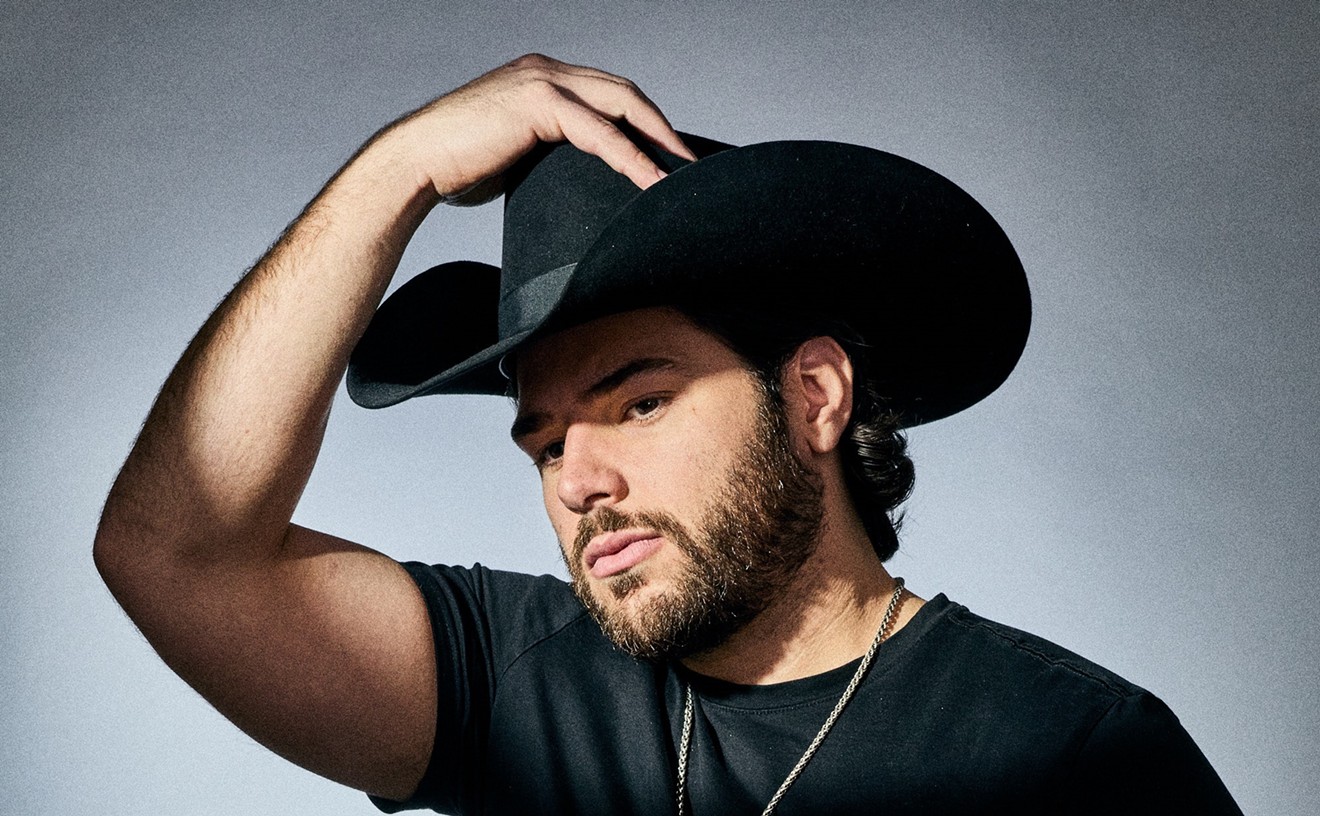According to the 2000 U.S. census, Miami was the 47th largest city and the nation's poorest with a population greater than 250,000. How has the area been able to draw so much attention? Thank the constellation of stars that flock to Miami Beach, an incorporated town that isn't part of the City of Miami (and, indeed, is often at odds with it) but which has nevertheless cast an exotic aura across South Florida, particularly sprawling, multi-ethnic Miami-Dade County, a hodgepodge of small cities and suburbs that comprise the sixth largest municipality in America. Then there is Miami's well-earned reputation as a melting-pot of Latin and Caribbean cultures, lending it an intriguingly unique flavor.
Still, there's the matter of paying for all these special, once-in-a-lifetime events. In a July 19 article, the Miami Herald estimated that approximately $700,000 was being spent to accommodate the "VMA weekend" that will begin with a series of block parties and MTV-sanctioned club affairs on Thursday, August 26, and climax with the awards show itself on Sunday, followed by an impressive array of competing after-parties. No less than $450,000 of the tab is being picked up by Miami-Dade County and will go toward developing up a vacant lot beside the American Airlines Arena.
When contacted to confirm the estimate, the office of Miami Mayor Manny Diaz did not dispute those numbers, noting that the county had planned to improve the land anyway (though the VMA certainly provided an incentive). In an interview, Diaz said that the city would provide cleanup, police, and fire department services. Mentioning the Latin Grammys as an example, he said that the same costs for that show ranged from $40,000 to $50,000. The rest of the money will probably be spent, Diaz said, through "cultural affairs grants, tourist development tax grants, and things like that that the county has." Diaz also said that Miami often arranges these kinds of "package deals," whereby the city and Miami-Dade County, along with local businesses such as hotels, corporations, and banks, all chip in.
The shrewdness with which Miami has been able to pursue and capture such international events as the VMA may have positioned it as a first-class city in the eyes of the world, according to Diaz. But it has also obscured a host of complex issues. For example, while the city finds ingenious ways to draw star-studded spectacles, it continues to struggle with ways to support its own homegrown culture.
"It would be nice if we could get funding as well," said Beth Boone, artistic and executive director for the Miami Light Project. "Not to the exclusion of entertainment -- entertainment's great. But I also think that you have to support an at-home artist network and an at-home arts community."
Since 1989, the Miami Light Project has won numerous awards for its arts programming and workshops, including a prestigious Fringe First Award at the Edinburgh Fringe Festival in Scotland last year for Teo Castellanos's theatrical work NE 2nd Avenue, which it originally commissioned. MLP's yearly operating budget, which Boone estimates at $700,000, is generated from private and corporate donations, grants from Miami-Dade County (which she says has an "excellent" arts program, "one of the best in the nation"), and grants from the City of Miami Beach.
Even though MLP's offices are located in downtown Miami on Biscayne Boulevard, however, the city doesn't help finance its efforts. "The city doesn't give money to arts and cultural organizations," said Boone. "I think it's a shame."
When asked if the city gives out grants to organizations such as MLP, Diaz cited its Film, Arts, Culture, and Entertainment department as a potential source of funds. Last October, after a month-long application process, FACE awarded $500,000 in cultural grants, according to a list posted on its Website (www.ci.miami.fl.us/Face/pages). Most of the money went to organizers of festivals and parades that garner major tourist income for the City of Miami, including the annual Music Fest Miami ($25,000), the Mardi Gras parade ($30,000), and the Miami Book Fair ($30,000). Other recipients included charities (Liga Contra El Cancer received $5000). Absent from the list, however, are smaller organizations such as MLP that hosts happenings, concerts, and other esoteric fare on a year-round basis.
Seth Gordon, who chairs Miami's Arts and Entertainment Council, admitted that FACE's current procedures need to be revised. "The city has never had a fund [for local cultural arts groups]. Our group was formed to be the beginning of something like that," he explained, adding that the council was started last year. "What we would like to [do is] slowly re-program some of that budget, that line item, so that it can be used as operational expenses for arts organizations, and to get more money into that fund," he said.
Gordon said that learning to respect local artists is an evolutionary process that the county has already gone through. When Tropiculture Miami, the county's cultural affairs department, makes a recommendation, the county commissioners have enough confidence in Tropiculture's judgement to approve it with little debate, he explained.
Like Tropiculture, the relatively new Miami Arts and Entertainment Council is currently an advisory board of sorts, making recommendations on who receives money that are taken under advisement by the city commissioners.
"It has taken the county twenty years to get there," said Gordon, noting when Tropiculture was first formed in the Seventies, it was also used to fund special events instead of cultural arts groups that operated year-round. "We have to go through that same process." Until that day arrives, however, Miami's local arts groups will continue to go scraping for cash wherever they can find it while the city's administration remains starstruck.










